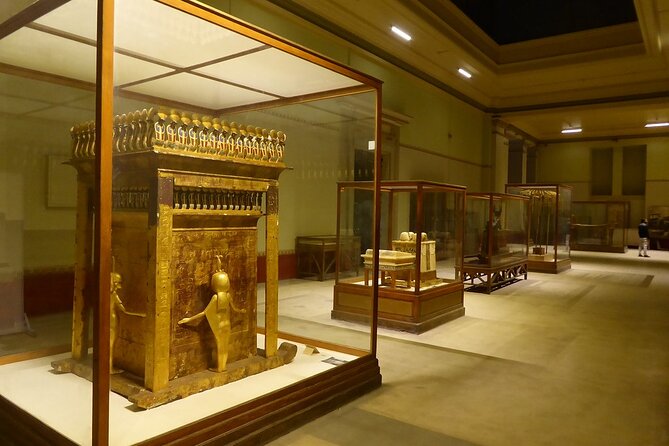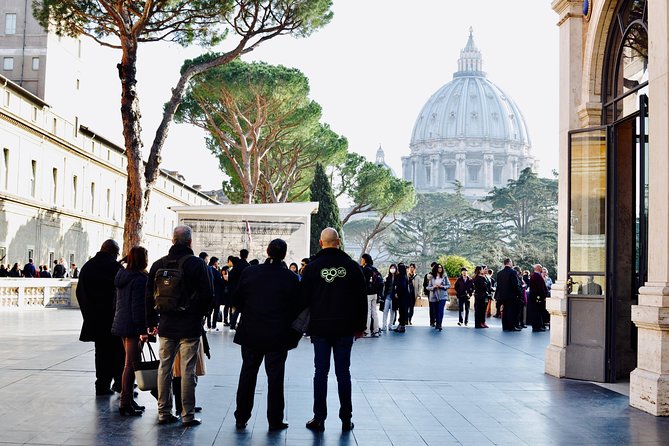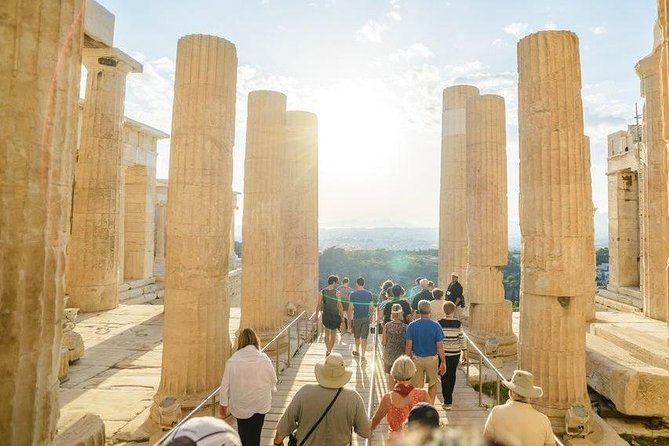Among the various grachtenhuizen (canal houses) in Amsterdam, the Willet-Holthuysen house stands out as a favorite. This grand canal house, built in 1685 for Jacob Hop, a top official in the government of the Dutch Republic, is named after its last inhabitants – Louisa Holthuysen-Willet, who inherited the property from her father, and her husband, Abraham Willet.
The Willet-Holthuysen house has been a museum since 1895, when Louisa bequeathed the property to the city of Amsterdam, with the stipulation that it be preserved and opened to the public.
A Glimpse into 19th Century Wealth
The rooms of the Willet-Holthuysen house are decorated with period pieces from Louisa and Abraham’s private collection, as well as items acquired from various properties in Amsterdam. The overall effect is a stunning representation of the riches enjoyed by a wealthy 19th-century family.
The Main Level (Bel Etage)
The grand staircase leads first to the bel etage, or main level, where you can explore several remarkable rooms:
- Ladies’ Salon: This is where Louisa received her afternoon visitors.
- Ballroom: Decorated in the elegant Louis XVI style.
- Club Room: Also known as Abraham’s ‘art viewing’ room, featuring an 18th-century ceiling that is not original to the house.
At the end of the main entrance hall, you’ll find the conservatory, where Louisa enjoyed her summertime tea while overlooking the garden. You’ll also catch a glimpse of the dining room, with the table set using just a few of the family’s 275 pieces of Meissen china – a necessity when serving 12-course meals in the late 1800s.
Upper Level and Exhibits
The upper level of the house consists of a bedroom decorated in 19th-century style and two rooms converted to exhibit Abraham’s collection of artifacts. Some notable items include:
- A silver book covering
- Original paintings, some depicting Louisa’s beloved pets
Sub-Level and Servants’ Quarters
In the sub-level rooms, you’ll find the ticket office, the servants’ areas, and the kitchen, which allows access to the formal garden.
The Formal Garden
The present-day garden is an 18th-century version of a 17th-century French-style symmetrical garden. Originally, the garden was much smaller, as the coachhouse and stables were located at the back of the lot. Unfortunately, these were destroyed by fire in 1929 and never rebuilt. Nowadays, passersby on Amstelsstraat can peek through the gate for a glimpse of these lovely manicured gardens.
Visiting Museum Willet-Holthuysen
- Location: Museum Willet-Holthuysen is located in the grachtengordel (canal belt) at Herengracht, 605.
- Admission:
- Adult admission: €8.50 + optional audio tour and any special exhibit surcharge; price includes a free video presentation (in Dutch) about the history of the house.
- FREE admission with iAmsterdam City Card.
- Combideal: With your ticket to Museum Willet-Holthuysen, you’ll receive a €3.00 discount on one adult admission to your choice of the Amsterdam Museum, Cromhouthuizen-Bijbels Museum, Geelvink Hinlopen Huis, or Museum Ons’ Lieve Heer op Solder.
Compared to other historic homes in Amsterdam, Museum Willet-Holthuysen offers excellent value for the price of admission.
Note: The entrance to the museum is through the sub-level at the front of the property. Allow about an hour to tour Museum Willet-Holthuysen.
Additional Information
- The Willet-Holthuysen house is an excellent example of Dutch Golden Age architecture, with its elegant façade, high ceilings, and large windows.
- The museum’s collection includes over 1,500 objects, ranging from furniture and paintings to ceramics and silver.
- Louisa Holthuysen-Willet was a keen collector of art and antiques, and many of the items on display were acquired by her during her lifetime.
- The garden, designed in the French formal style, features symmetrical parterres, topiary, and a central fountain.
- Along With the permanent collection, the museum hosts temporary exhibitions highlighting various aspects of 19th-century life and culture.
Tips for Your Visit
- To fully appreciate the grandeur of the Willet-Holthuysen house, take your time exploring each room and admiring the intricate details of the décor and furnishings.
- Don’t miss the stunning Meissen china collection in the dining room, which showcases the opulence and craftsmanship of the period.
- If you’re interested in learning more about the history of the house and its inhabitants, consider purchasing the audio tour or joining a guided tour (when available).
- Be sure to step outside and explore the formal garden, which offers a tranquil escape from the bustle of the city.
- If you plan to visit other museums in Amsterdam, check if they participate in the Combideal program to save money on admission fees.
A Unique Glimpse into Amsterdam’s Past
Museum Willet-Holthuysen offers visitors a unique opportunity to step back in time and experience the grandeur and luxury of 19th-century Amsterdam. By preserving this historic canal house and opening it to the public, Louisa Holthuysen-Willet ensured that future generations could appreciate the art, architecture, and lifestyle of the city’s wealthy elite.
As you wander through the elegantly decorated rooms and admire the exquisite collections, you’ll gain a deeper understanding of the culture and values of the time. From the opulent ballroom to the serene formal garden, every aspect of the Willet-Holthuysen house reflects the refined tastes and social aspirations of its former inhabitants.
In a city renowned for its historic canal houses, Museum Willet-Holthuysen stands out as a must-see destination for anyone interested in Dutch history, art, and architecture. So step inside this grand mansion and learn about the splendor of Amsterdam’s golden age – you won’t be disappointed.





